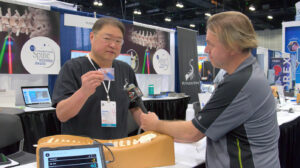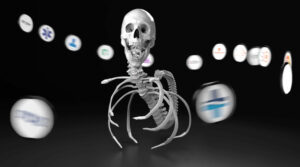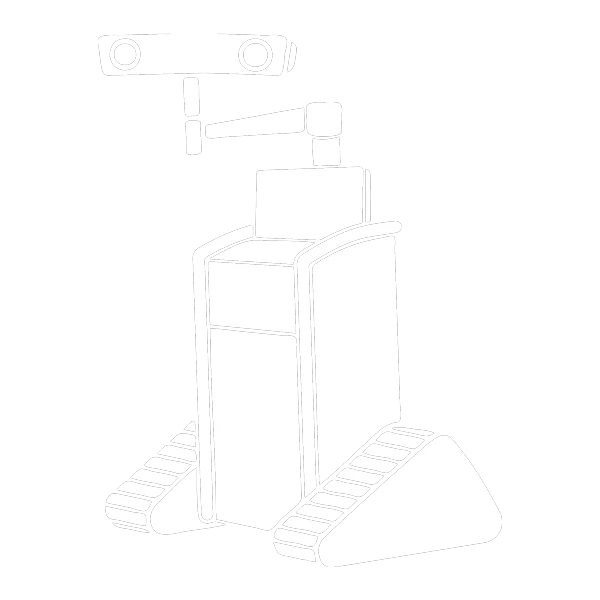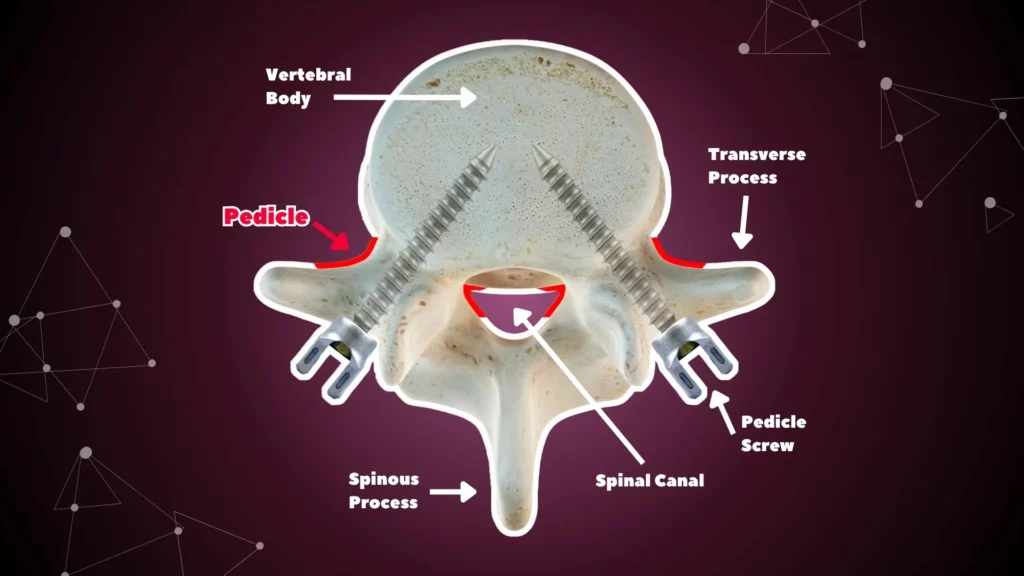
What are Vertebral Pedicles?
Vertebral Pedicles Anatomical Overview
Vertebral pedicles are two short, thick projections that extend from the back of the vertebral body. Each vertebra has a pair of pedicles which connect the front part of the vertebra, the vertebral body, to the back part, the vertebral arch. These structures play a crucial role in forming the vertebral foramen, the passageway for the spinal cord¹⁻².
Vertebral Pedicles Function in the Spinal Column
The primary function of vertebral pedicles is to protect the spinal cord and serve as anchors for muscles and ligaments. They also provide the structure necessary to support the weight and movement of the body. The pedicles are particularly important in maintaining the integrity of the spinal column, ensuring stability and alignment³.
The Role of Vertebral Pedicles in Spine Surgery
Importance in Surgical Procedures
Vertebral pedicles are critical in spine surgery, particularly in procedures involving the placement of pedicle screws. These screws are inserted into the pedicles to stabilize the spine, often in cases of spinal deformities, fractures, or degenerative conditions. The accuracy of screw placement is essential to avoid damage to the spinal cord and nerves, ensuring effective surgical outcomes²⁻⁴.
Common Conditions and Issues
Common issues affecting vertebral pedicles include fractures, typically due to trauma or osteoporosis, and deformities like scoliosis. Misplacement of pedicle screws during surgery can also lead to complications, including nerve damage and instability. Innovations in surgical techniques and imaging have significantly improved the accuracy and safety of these procedures⁴.
Advances in Vertebral Pedicle Surgery
Technological Innovations
Technological advancements have revolutionized pedicle surgery. Navigation systems and intraoperative imaging, such as fluoroscopy and CT-guided techniques, have increased the precision of pedicle screw placement. These innovations help reduce the risk of complications and improve surgical outcomes⁴.
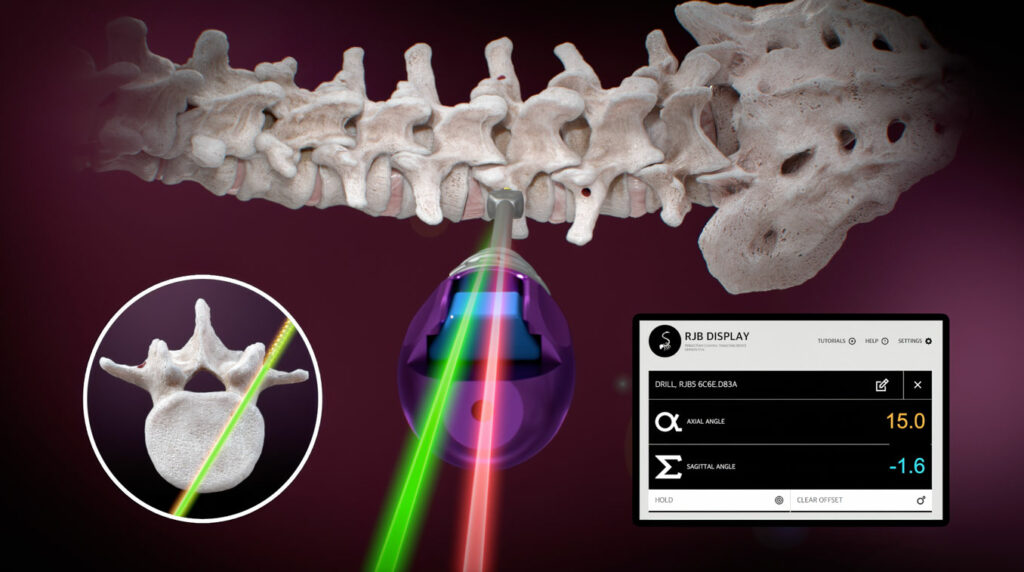
The Ruthless Spine RJB System
The Ruthless Spine RJB intraoperative surgical angle measurement tool for lumbosacral pedicle screw procedures, offers real-time visualization of the axial and sagittal trajectory of the instrument shaft.
The RJB can be used during pedicle screw placement but cannot fix loose pedicle screws on its own. It can, however, be used in procedures where new screws are implanted to replace loose ones.
Conclusion
Vertebral pedicles are short, thick projections extending from the back of the vertebral body, connecting it to the vertebral arch and forming part of the vertebral foramen, which houses the spinal cord¹⁻². Their primary function is to protect the spinal cord and serve as anchors for muscles and ligaments, supporting the weight and movement of the body while maintaining spinal stability and alignment³. In spine surgery, pedicles are crucial for the placement of pedicle screws used to stabilize the spine in cases of deformities, fractures, or degenerative conditions. Accurate screw placement is essential to prevent damage to the spinal cord and nerves, with technological advancements significantly improving the precision and safety of these procedures²⁻⁴.
References
- “Anatomy of the Vertebral Pedicle.” Musculoskeletal Key. Retrieved from Musculoskeletal Key.
- Obeid, I., Vital, J.M. “Surgical Anatomy of the Vertebral Pedicle.” SpringerLink. Retrieved from SpringerLink.
- “Pedicle Screws for Spine Fusion.” Spine-health. Retrieved from Spine-health.
- Lee, S. C., & Kim, K. H. “Automated Segmentation of the Lumbar Pedicle in CT Images for Pedicle Screw Placement.” Semantic Scholar. Retrieved from Semantic Scholar.

